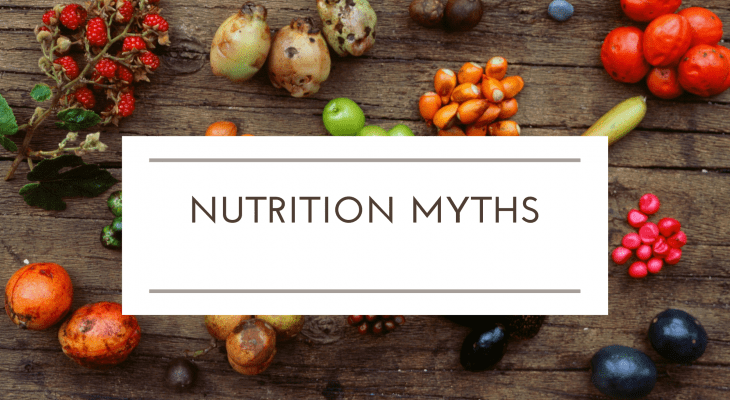With developing minds and bodies, proper nutrition is critical to children’s health. It can be challenging to understand what is and isn’t healthy food for children with all the overwhelming information and misinformation out there.
1. Growing Children Need All the Calories They Can Get
This myth sets a dangerous precedent for a child’s relationship with food. While growing bodies do need calories and nutrients to grow, allowing children to overeat could be forming unhealthy patterns that could haunt them later in life.
Childhood obesity is at an all-time high. According to the CDC, as many as 20% of all children in the U.S. are obese.
The obesity epidemic can be blamed partly on the availability of highly processed, high-calorie foods. Focus on feeding your children nutrient-dense food with a focus on plants to help children feel full without overdoing calories.
2. A Multivitamin Is a Complete Nutrition
The 100% daily levels on the vitamin bottle label can be misleading. Multivitamins are not bad for your child’s health, but they are meant to supplement—not substitute—quality nutrition.
Seattle’s Children’s Hospital encourages parents to give children a multivitamin while also providing a well-balanced and well-rounded diet. Focus on providing a rainbow of colors with a variety of fruits and vegetables like spinach, carrots, eggplant, broccoli, grapes, apples, bananas, berries, and mangoes.
3. Non-Fat Foods Are Healthy
The idea that fat in foods is inherently bad is one of the biggest misconceptions about nutrition for both children and adults.
Food manufacturers and advertisers will label options with non-fat to appear as if the food is inherently healthy. The issue with non-fat processed food is that the products are usually high in sugar and salt to create flavor the fat would have added.
Fat is a critical component for building healthy brains and muscles. Children and adolescents actually burn through fat quicker than adults and therefore should be consuming more, according to a study from the Nutrition Journal.
Not all fats are created equal, however. The fats in avocado, olive oil, nuts, and lean meats are considered healthier fats.
It’s important that children get the best nutrition possible. To help you build an even deeper understanding of balanced nutrition for children, the U.S. Department of Agriculture has developed the MyPlate guidelines.
Disclaimer: The information posted on this page is for educational purposes only. If you need medical advice or help with a diagnosis, contact your medical professional.
With developing minds and bodies, proper nutrition is critical to children’s health. It can be challenging to understand what is and isn’t healthy food for children with all the overwhelming information and misinformation out there.


